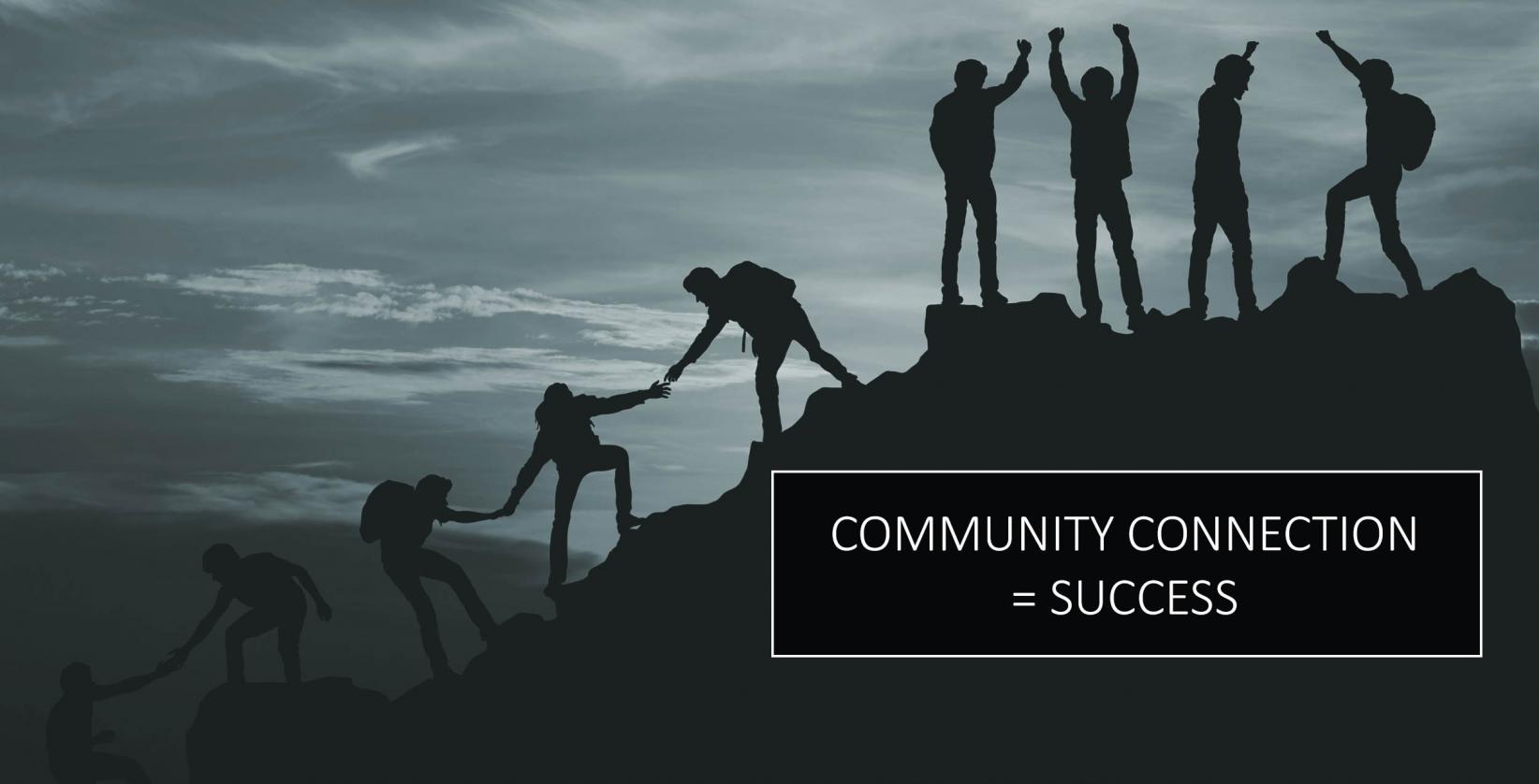
Strong community connections are key for retail success
“We’re better together” is a statement we’ve all heard or read many times, but what does that mean for retailers?
Community. Connection. Familiarity. These unite us and make us feel part of something greater than ourselves. A strong sense of community creates a feeling of belonging for everyone, including retail staff and customers.
That shared sense of belonging creates bonds between community members. By making and maintaining that all-important connection with their communities – by connecting with them and supporting them – retailers will be seen as truly belonging to them.
Of course, these days the scope of community has transformed and expanded. For retailers, it extends beyond internal teams and local neighbourhoods into online markets and communities that can be national and international. Creating opportunities much further afield than ever before, this also makes modern communities more complex. Leaders who have the skills and the experience to build and strengthen these multifaceted communities will be invaluable to a retail organization’s success.
What do communities look like? How do retailers connect with them?
Pardon the proverb, but it really does take a village to create a community. They encompass a variety of stakeholders and include internal and external members.
Internal communities include a retail organization’s team. Leaders can begin connecting with internal communities by setting the tone and the vision. But true connection comes when each member has input and there’s common understanding regarding the kind of community they belong to. For instance, what experience and sense of belonging are team members to deliver to customers, both internal and external? Team members need to understand what’s expected of them and how to engage appropriately with their external communities. They also need to have input into how that’s manifested in day-to-day actions in both the physical and on-line worlds.
External communities include existing and potential customers. They’re residents and other businesses in the local area. They’re members of the retailer’s loyalty program who want access to exclusive rewards and discounts. They’re social media users interested in the retailer’s products or services, or the lifestyle they represent. Connecting with them requires understanding them, engaging with them, and being seen to truly support them – ideally in a consistent manner so the experience across communities, including the physical and virtual worlds, match.
How do retailers support their communities?
They key to being truly supportive is recognizing how different communities define themselves and what their needs are. For instance, in the past year, many retail customers have focused on their “local” community and made conscious decisions to support small, locally owned businesses – to buy local. Yet with COVID restrictions limiting in-person shopping and many smaller companies not prepared with or able to create online shopping sites, this has proven to be only a partial lifeline. In a demonstration of truly understanding and supporting that community of “local” shoppers, London Drugs transformed its central aisles into “Local Central”, space dedicated to featuring locally made products.
In addition to loyalty programs, innovative examples of retail organizations understanding and supporting specific communities include:
- The Running Room priding itself as being “online or in-store, a community of runners that makes you feel at home” with their clinics, races and running club, in addition to their specialized running products
- Staples pivoting in 2019 from its almost exclusive focus on selling office supplies to also be a “working and learning company”, adding new services and jumping into the co-working space; The Staples Studio space in Toronto added access to a café, regular community events and workshops, and printing and marketing services
- Lululemon partnering with non-profits in its “Here to Be” program, a “community-based social impact program” making the benefits of yoga and meditation accessible to its community of premium athletic wear customers; They also focus on recruiting “ambassadors” from local store communities who are authentic influencers-in-chief at the local level
- Indigo Books & Music describing themselves as a “cultural department store.”, and with a move into the wellness space, hosting a variety of wellness events both in-store and online; From meditation workshops, to yoga classes and crystal workshops, they all offer opportunities for their community to disconnect for a few hours.
Why community is so important
Relationships matter. People buy from people they know, like and trust - people from their communities.
Retailers know that a strong community base, whether internal or external, local or online, is the soul and spirit of their business. Connecting with and supporting those communities is the key to success.
At JRoss Retail Recruiters, we’re focused on your success and we’re proud to be part of your community. As Canada’s leading retail recruiting specialist, we understand the importance of creating and supporting strong communities, especially within these challenging times. And those communities are made up of retail professionals like you – retail leaders with the motivation, knowledge and expertise to bring people together in community.
To learn more on this and other retail trends and insights you can check out our blog.
Written by Patricia Viscount and Rob Fisher